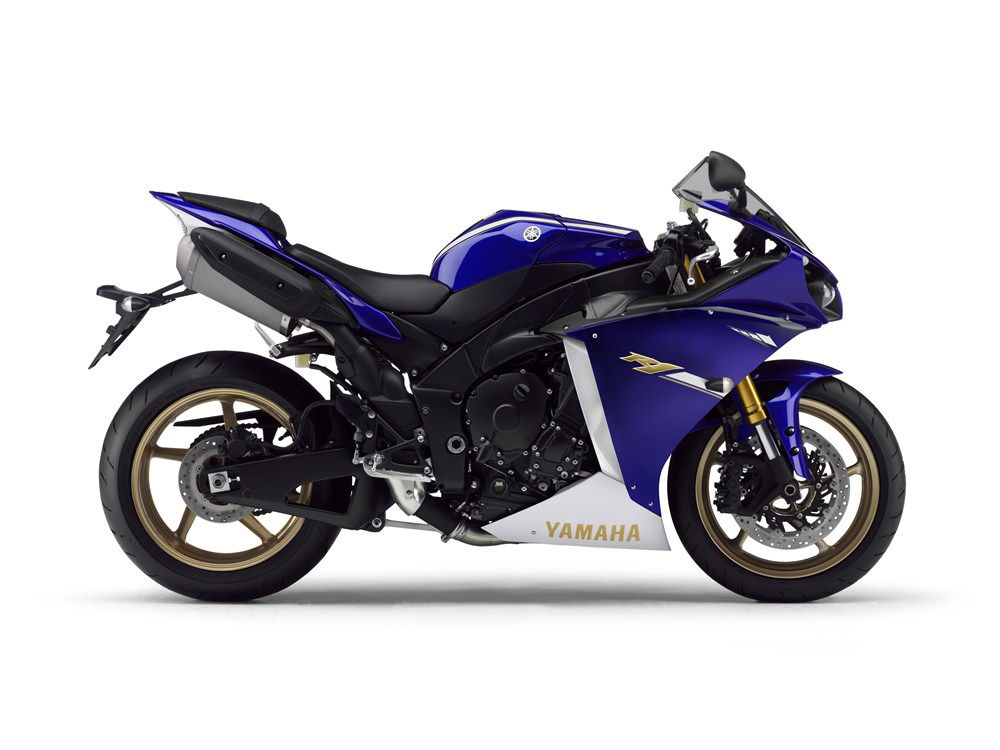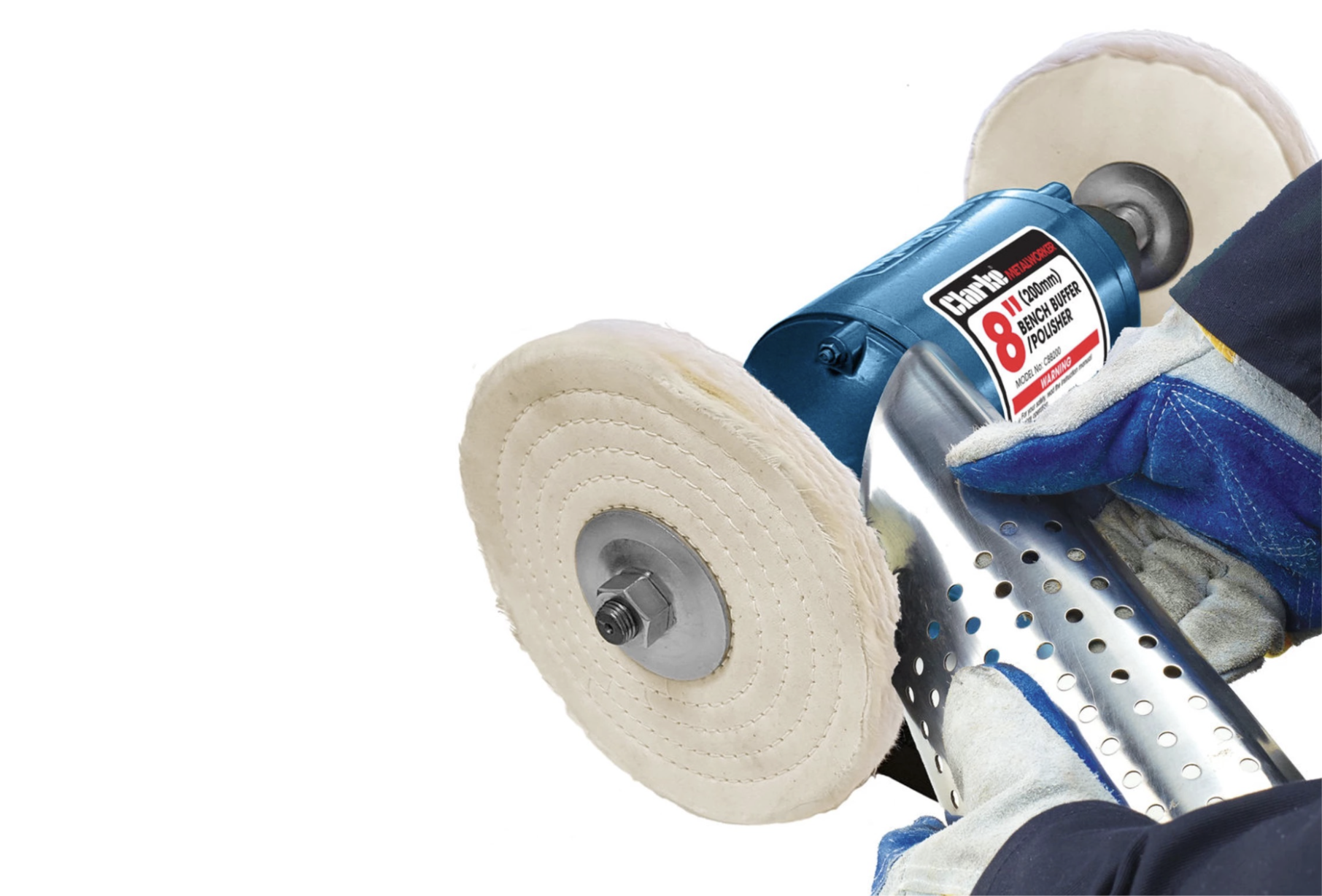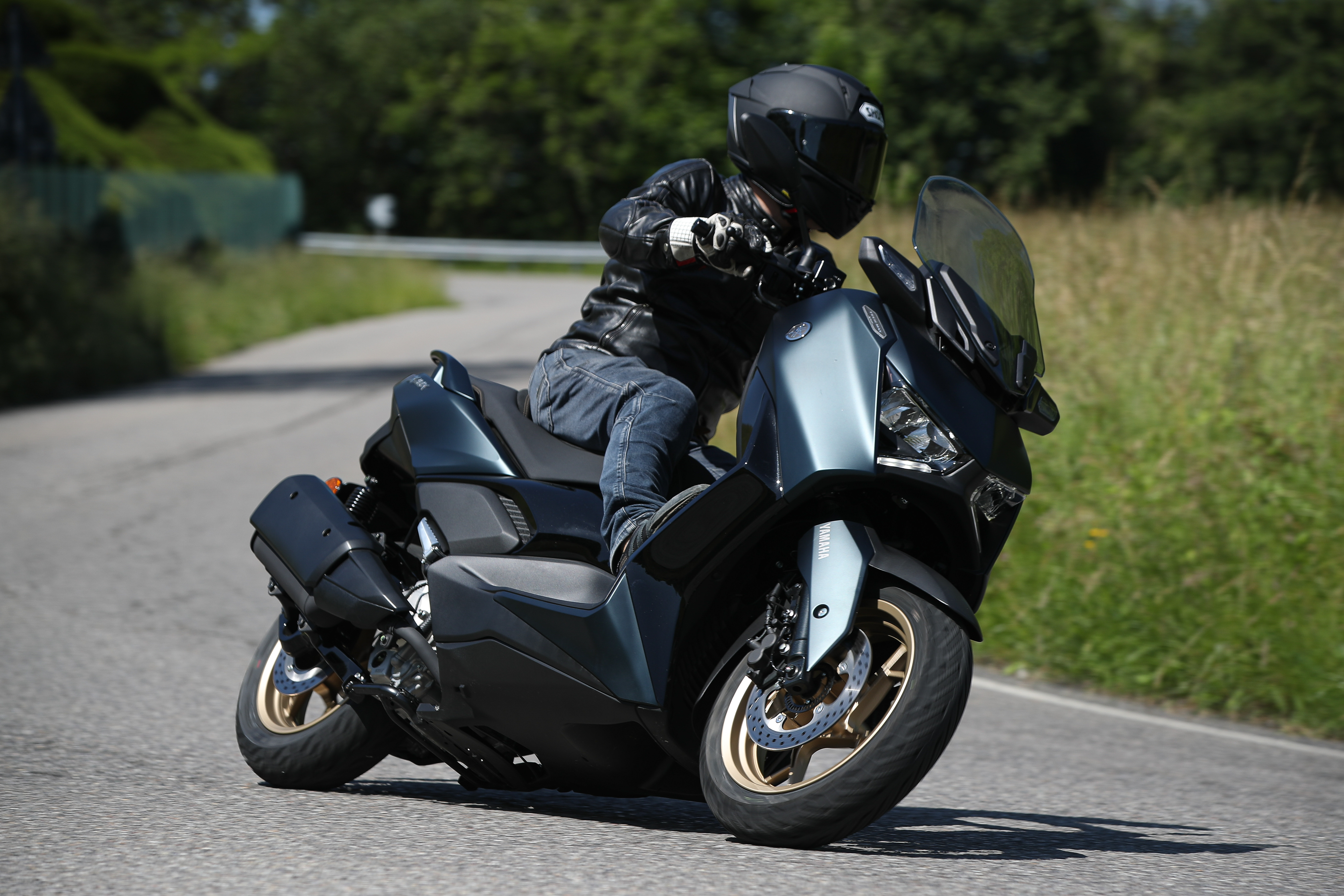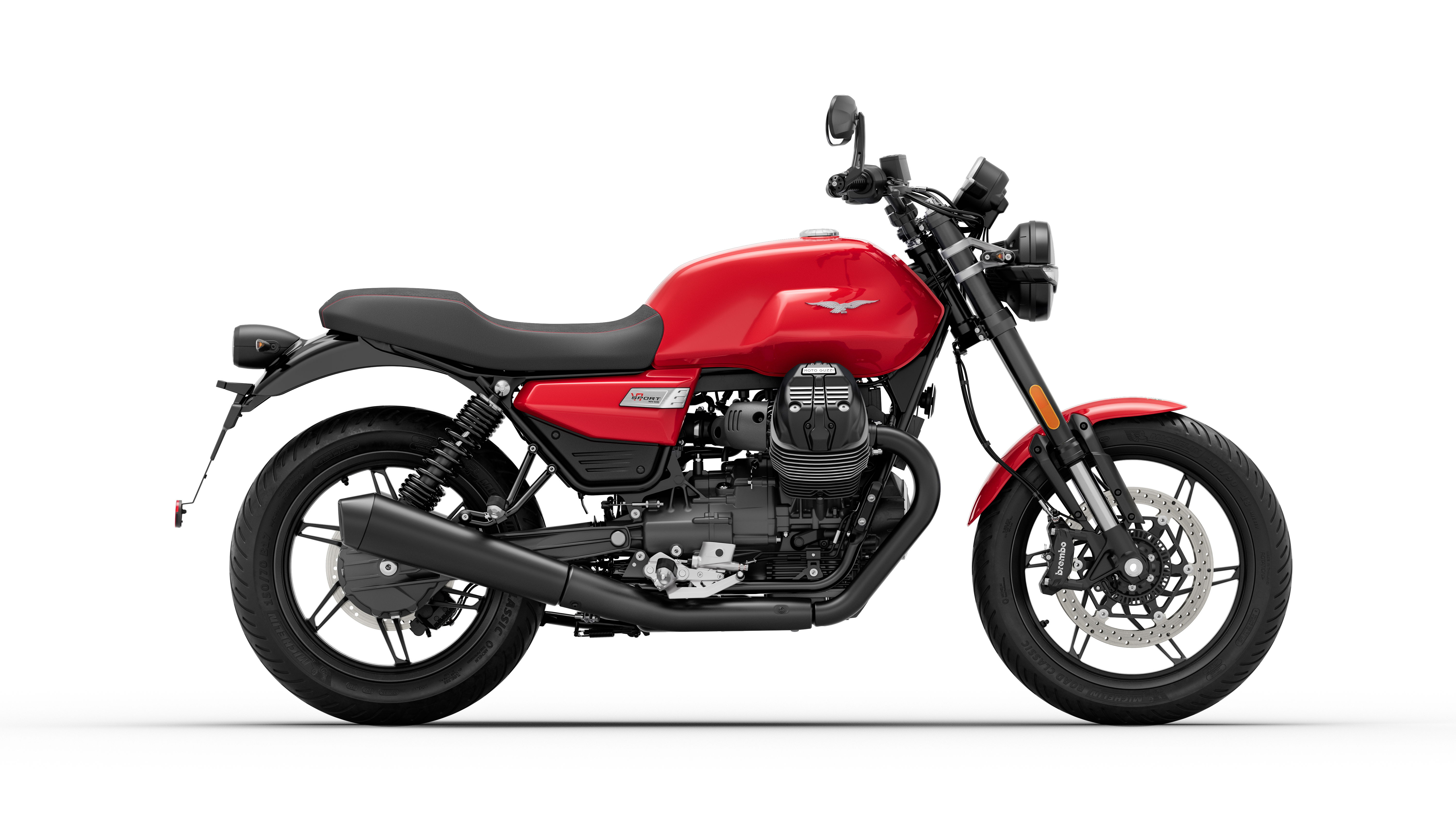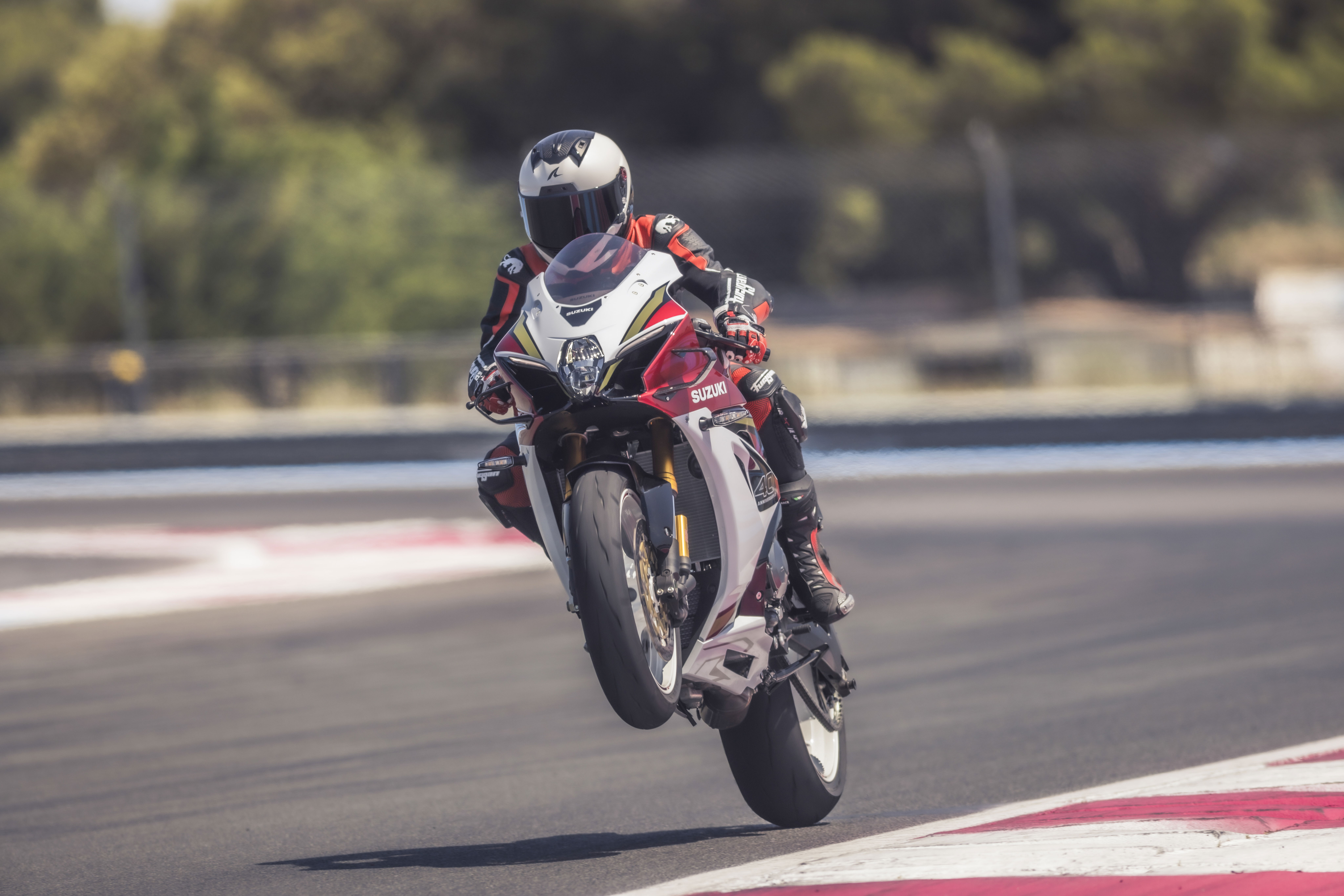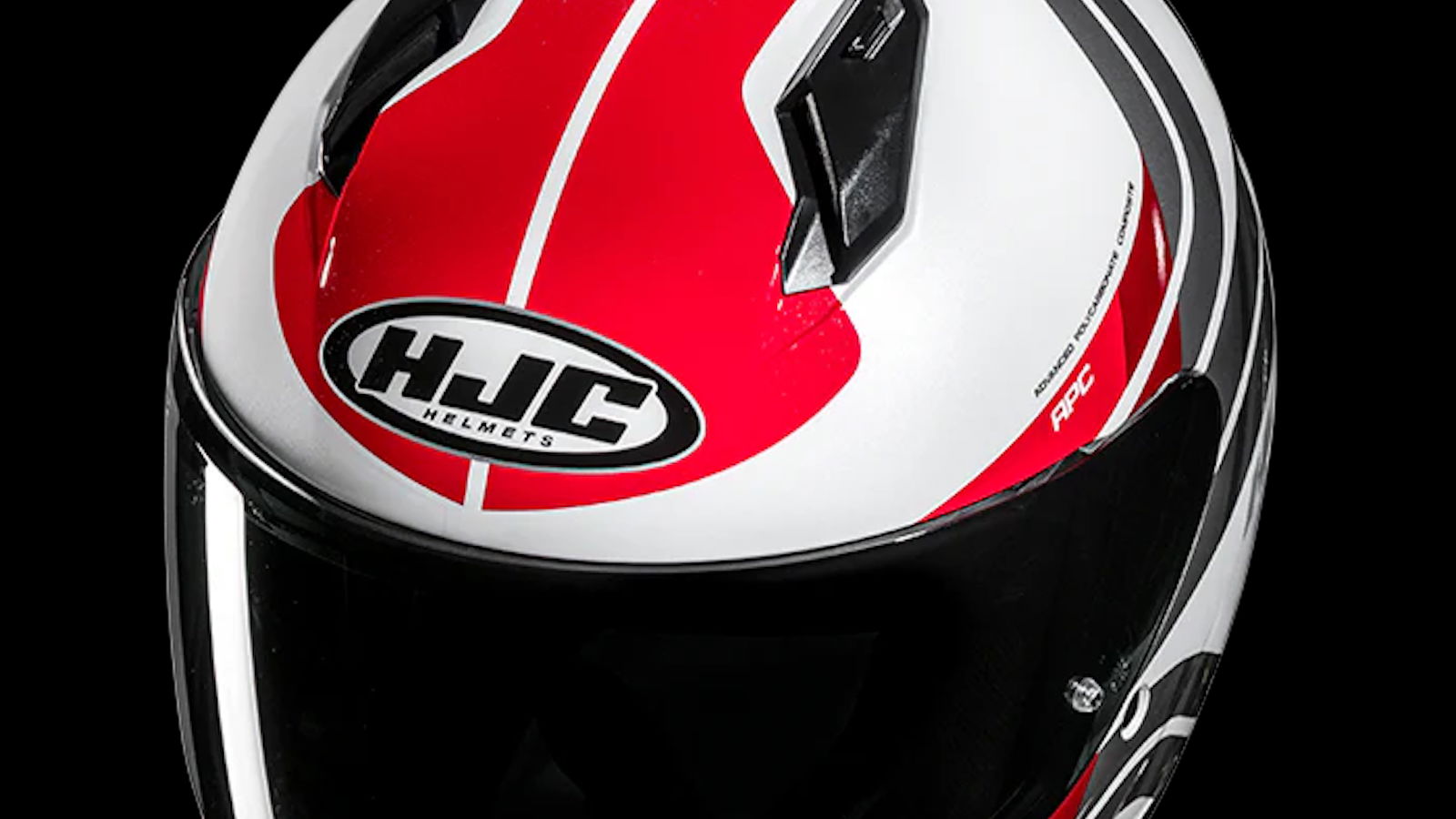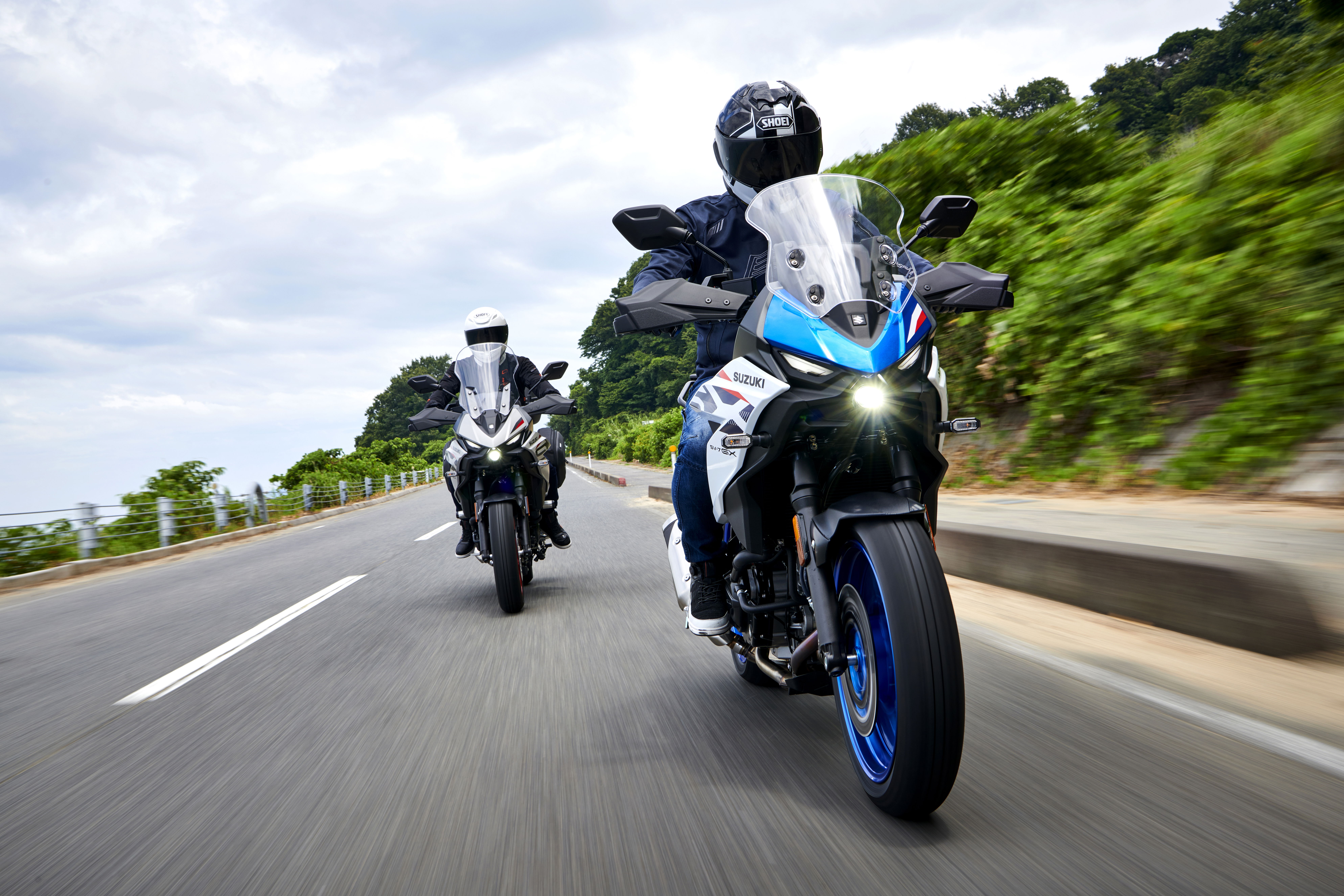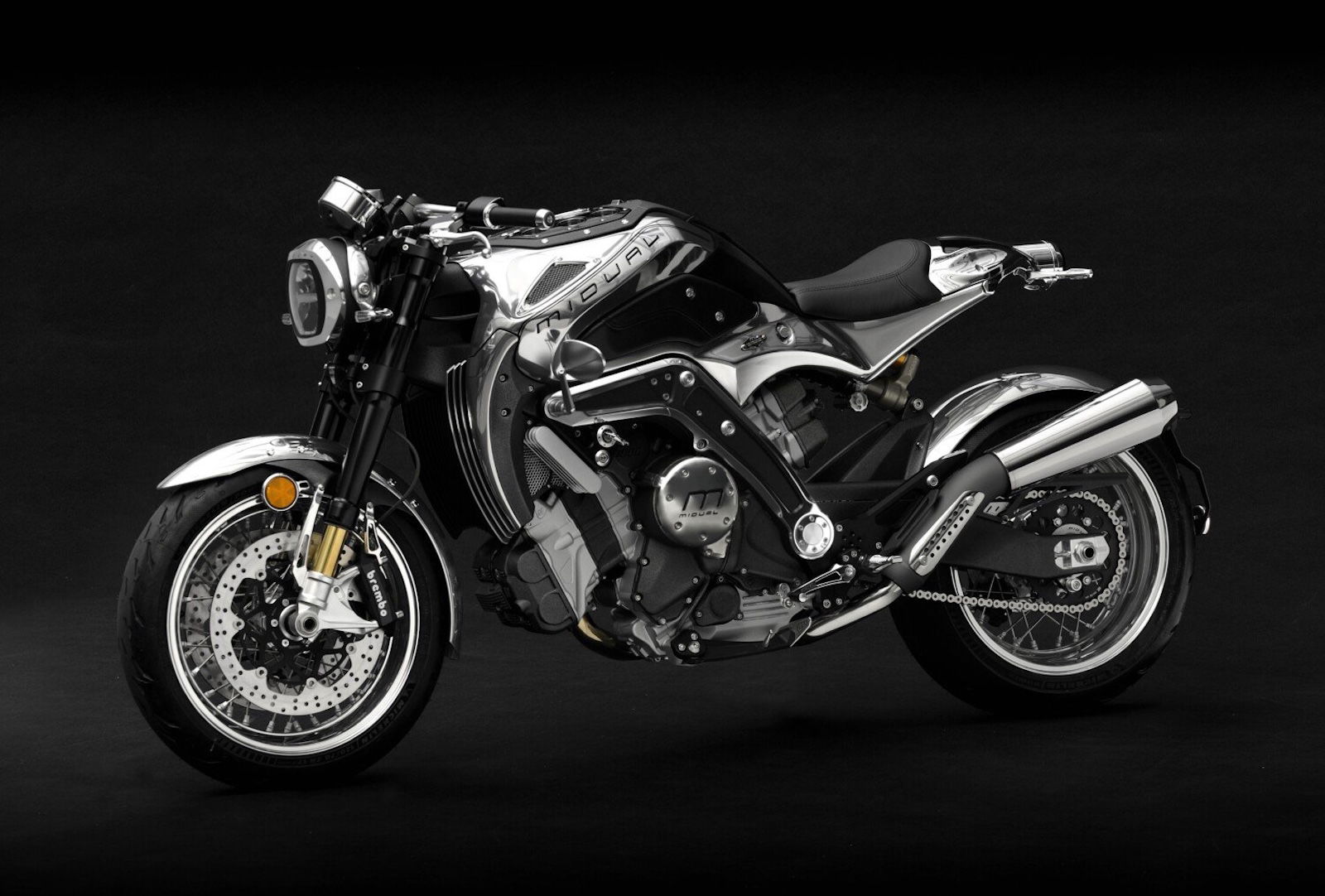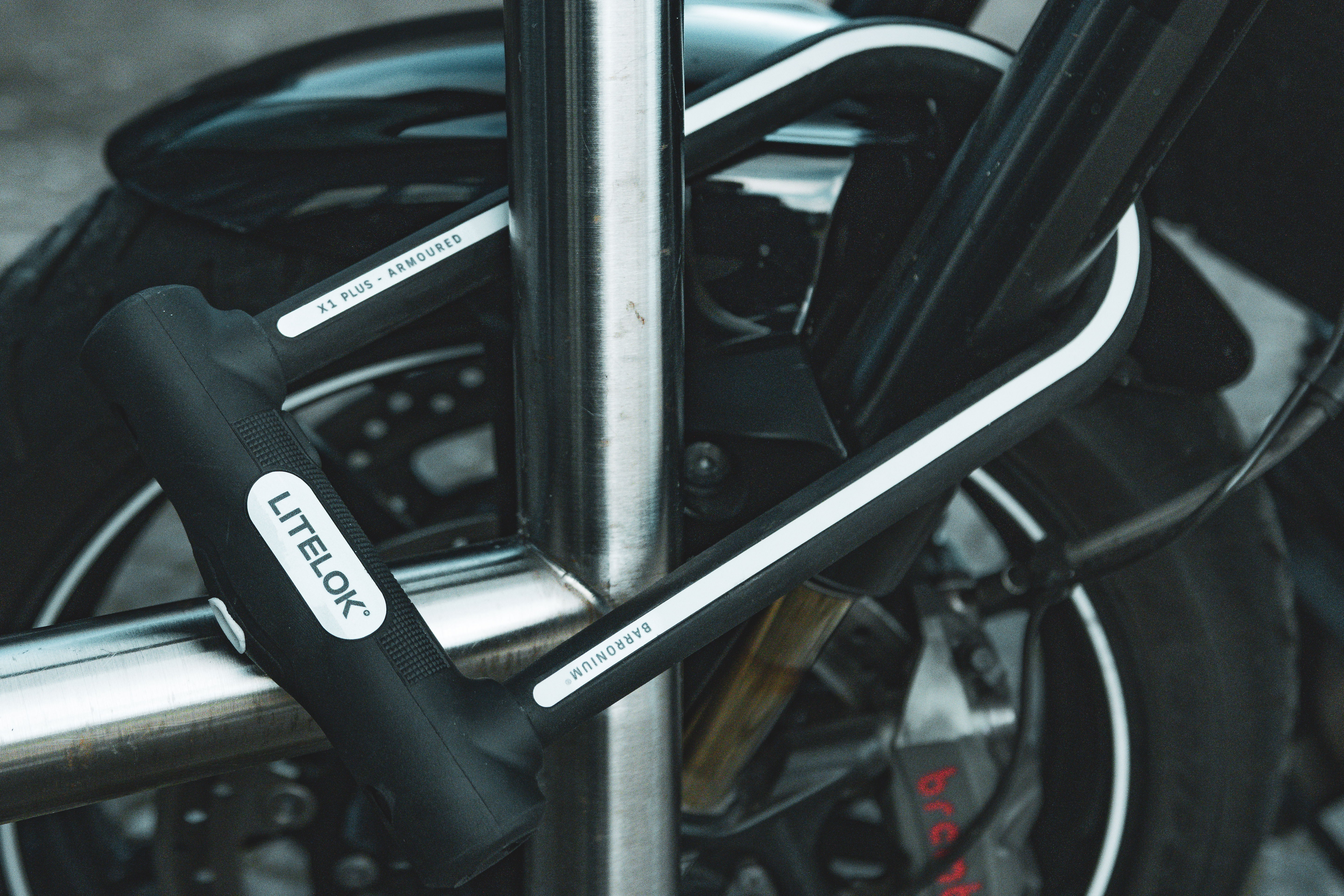Every type of four-stroke bike engine ever made
Well, every one that powered a production motorcycle, to be precise. A compendium of four-stroke motorcycle engines.
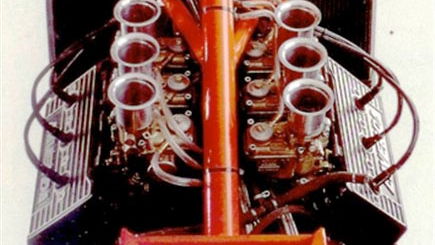
���
Single cylinder
With only one piston, engines don’t get any more basic than a single. This simplicity – one piston, one con-rod, one set of valves, one head and base gasket, etc – lends itself to the production of small cc, cheap motorbikes and scooters. Such uncomplicated engine architecture also results in minimal weight and compact dimensions, also attributes ideally suited to small motorcycles.
The biggest downside to the single cylinder engine is vibration. The bigger the engine gets the more pronounce vibration becomes and without another piston to space the firing intervals this imbalance is exaggerated. One solution to minimise vibration is the fitment of balance shafts to oppose imbalanced forces.
Good at: Simple, compact, cheap?
Bad at: Vibration, drivechain life, not-suited to big cc?
Sum up: Powers the ‘ped
Iconic single: Honda C90
��
Parallel twin
The dimensions of a parallel twin lends itself to the conventional motorcycle chassis design – narrow, short and compact. With double the power strokes per crankshaft revolution, the parallel twin can be viewed as being twice as efficient as a single.
Having an extra piston also helps dampen the single’s vibration issues; however a parallel twin is not without its own vibration troubles.
Good at: Compact, versatile?
Bad at: Bad vibes?
Sum up: Obvious middleweight choice
Iconic twin: Meriden Triumph Bonneville
Inline three
Triples attract a cult following because of their haunting engine and exhaust note. They benefit bike design by striking a good balance of power and width, being only slightly wider than a twin yet narrower than a four.
For a manufacturer, a triple can allow a bike to have great handling characteristics, allowing the rider to maintain a high corner speed because of its slim figure. To counter this argument, the gargantuan Rocket Three Triumph uses an in-liner three cylinder but flipped through ninety degrees to run longitudinally.
Good at: Corner speed, narrow, balance ?
Bad at: Errr...?
Sum up: Howling note
Iconic triple: Laverda Jota
Inline four
First made commonplace by Honda with the ground-breaking CB750 in the late 60s, the inline four has been adopted by most Japanese manufacturers – hence coining the phrase UJM (Universal Japanese Motorcycle).
A four provides the ideal starting point for engine design when high performance is required striking an almost ideal balance between power, weight and ease of packaging - modern-day fours are as narrow as yesterdays twins.
Good at: Performance, power-delivery ?
Bad at: Tingly vibes?
Sum up: Best packaging/power balance
Iconic four: Kawasaki Z1
Inline six
More of showcase than a necessity, an inline six is a rarity through its issues in production as the engine is incredibly wide, complex and very expensive to make. This exotic piece of engineering results in not only a beautiful note but exclusivity.
The configuration allows for perfect primary and secondary balancing factors through the even spacing of the crankpins - this quality allows for a smooth power delivery and once sampled it is never forgotten.
Good at: Smooth, balance, sound?
Bad at: Expensive, complex, wide?
Sum up: Trophy of engineering
Iconic six: Honda CBX1000
V-twin
An unmistakable booming sound denotes a v-twin engine. The angle of the V can vary with around 30 different permutations and, uniquely, the engine is able to work both transversely and longitudinally, the former demonstrated by Moto Guzzis.
For supreme balance characteristics the most advantageous angle is 90 degree, shifting the measurement of the V to a lesser or greater slant the excellent balance can become compromised, however narrow angle V’s are easier to pack within a chassis. The power attributes of a V are well-suited to grip/traction as the firing pulses are ideally matched to current tyre construction, allowing the carcass of the tyre time to recover.
Ducati name their twin an L, essentially it is just a 90-degree V but starting with the bevel drive 900ss, the Italian manufacturer has named it this way just to be a bit different.
Good at: Traction
Bad at: Hard to package for best weight distribution
Sum Up: Boom Boom
Iconic V-twin: Ducati 916
V4
The operatic tone of the V4 has been lauded and lusted over since it powered Honda’s RC30 in the 80s. Similar in method to the twin, the V4 has two additional cylinders in a bid to liberate a bike of vibration. The benefits the engine gives is a broad range of power all contained in a compact chassis.
Good at: Compact, broad power
?Bad at: Expensive to make?
Sum up: Has a die-hard following for a reason
Iconic V4: Honda RC30
V5
There has only been one production, and limited at that, V5 motorcycle engine ever made and it powered Honda’s MotoGP bike from when the series changed to four strokes in 2002. Rather than use an orthodox inline four, HRC went with the V5 as they thought it was in keeping for the manufacturer’s ‘spirit for innovation’.
The unique, never-tried-before V5 type had the placement of the cylinders at 75.5 degrees with three facing forwards and two rearwards. The RC211V had exceptional balance when compared to its rivals and was awesomely fast, powerful and unlike anything seen before. From its debut, up until it was replaced by a V4 configuration for the 800s, the prototype machine won 48 races.
Good at: Winning races, bhp, top speed
?Bad at: Being available (and affordable)?
Sum up: HRC indulgence
Iconic V5: one and only Honda RC211V
V6
Laverda had an ill-fated attempt at creating a V6 motorcycle engine in the late 70s. At the time the Italian manufacturer was an expert of the triple configuration and felt that a V6 would be relatively easy to produce, as they would effectively be joinin two triples together.
Displayed as a concept at the Milan show in 1977, Laverda sought to prove the potential of the V6 at the 1987 Bol d’or – which is just what they did. In the practice session the V6 recorded a top speed of 175mph on the straight. Unfortunately, it was hampered by its bulky size, was a handful to ride and never actually finished the race. Hoping to re-enter the following year, Laverda’s V6 engine was brought to a close as the series organisers imposed a four-cylinder limit.
Good at: Rapid
?Bad at: Weight, size?
Sum up: Extinct V6 experiment
Iconic V6: Laverda V6
V8
Better associated with American muscle cars, the V8 has made a brief appearance in motorcycling. Back in 1955, Moto Guzzi used this configuration to demonstrate their aptitude for engineering. Named the ‘Otto Cilindri’, the engine made it into Guzzi’s 500cc Grand Prix bike – capable of 78bhp and 172mph. Ultimately the Otto Cilindri out-performed the tyre, suspension and brake technology and after a three-year period (that saw many of its riders suffer severe injuries) no-one was willing to ride the bike and the project was shelved.
The V8 did also make it to production motorcycles, although in a limited scale powering a Morbidelli and the Boss Hoss cruiser. Listed as the World's most expensive motorcycle, the Morbidelli was an 850cc sports tourer using a liquid-cooled, 32-valve, 90-degree V8.
Good at: Power?
Bad at: Slimming accolades?
Sum up: Reputations are made of this
Iconic V8: Benelli Otto Cilindri
Flat twin
Originally conceived by Karl Benz in 1896 a flat twin, or boxer, has the cylinder heads separated from each other, diametrically at 180 degrees on either side of the bike. A boxer engine gives good primary balance as each piston works by opposing the force of the opposite piston.
There is however a minor element of unbalance in the movement of the crankshaft, as the pistons are offset from one another.
Generally found on BMW’s, a boxer’s traits from its lengthy years of development include a smooth delivery, easy maintenance and reliability.
Good at: Easy maintenance, smooth, reliable
??Bad at: Appearance??
Sum up: Old and reliable tractability
Iconic boxer: BMW ...
Flat-4
A flat-4, is just that, as the engine is flat with the four cylinders arranged horizontally in two banks of two, on each side of a central crankcase. The configuration generally results in inherently good balance of parts, as the pistons are usually mounted on the crankshaft in a way that the opposing piston moves back and forth in opposite directions at the same time.
The design also allows for a low-centre of gravity, a very short length and efficient air-cooling.
Good at: Balance, gravity, short
Bad at: Expensive to manufacture
Sum up: Cruises efficiently
Iconic Flat-4: Honda Goldwing Gl1000
Flat-6
The Flat-6 is like it's smaller four cylinder brother but with an extra two. The six cylinders are again arranged horizontally in two banks of three on each side of a central crankcase. The benefits of the engine are also much the same with the four, with good balance, low-centre of gravity and efficient air-cooling
Good at: Balance, gravity, short
Bad at: Expensive to manufacture
Sum up: Cruises efficiently
Iconic Flat-6: Honda Goldwing GL1800
Wankel
The eccentric rotary engine made a brief foray into motorcycling for its advantages over conventional power plants; notably for its lack of camshafts, intake and exhaust valves, and a reduced number of moving parts. Originally an experiment by manufacturers into alternative engine configurations. Suzuki introduced a wankel powered bike with the mass-production of the RE5. Smaller production runs of Wankel engined road bikes were made by Hercules and Van Veen.
Unfortunately conventional proved best as the bike was hampered by a heavy weight and high fuel consumption. A rotary engine did achieve some positives with Norton as the British manufacturer used the engine type in the Commander and the TT-winning RCW588 ridden by Steve Hislop in 1992.
Good at: Unique, smooth?
Bad at: Rotor tip sealing?
Sum up: Keeps warranty departments busy
Iconic wankel: Suzuki RE5
Square four
Originally offered to BSA by designer Edward Turmer, the square four motorcycle engine was rejected by one British manufacturer but picked up by another, Ariel, who used it in their eponymous Square Four between 1931 and 1958. Also known as a U, the Ariel Square Four’s engine was effectively a pair of parallel twins joined by their central flywheels, with one four-cylinder block and one head.
On one hand this design offers the ultimate in compact dimensions but reliant only on air-cooling, the Ariel square four was particularly prone to overheating its rear cylinders.
Good at: Pulling sidecars?
Bad at: Keeping cool
?Sum up: 27 year production run
Iconic square four: Ariel Square Four
